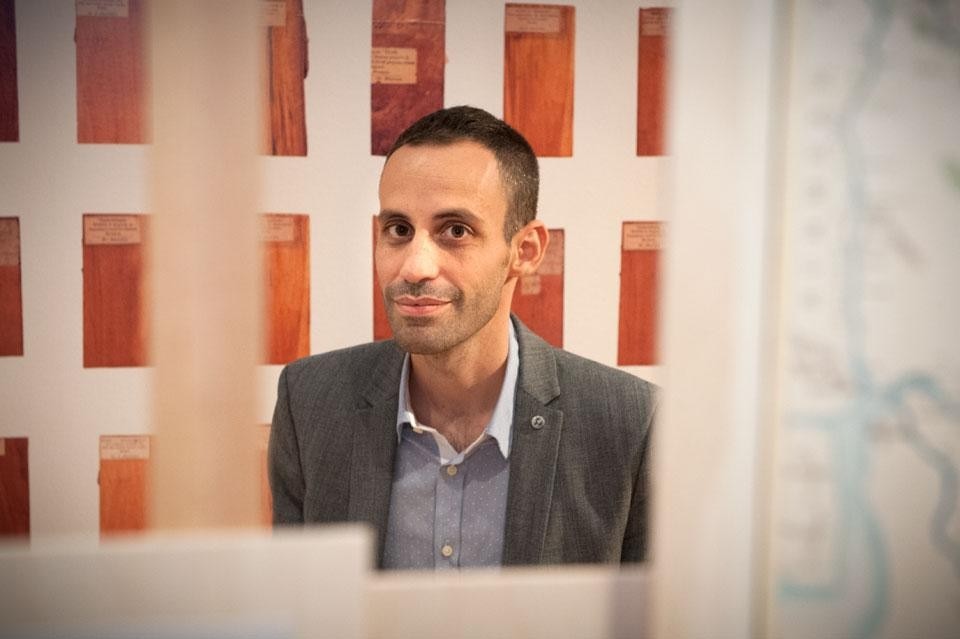The shaping of human settlements has been interacting with forests, real and imaginary, at least since far back as 1753, when architectural theorist Marc-Antoine Laugier's renowned treatise made the ambiguous statement that cities should be designed "like a forest." However, the relationship between the two goes much deeper. First, the Forests, presents the hypothesis that by looking at the history of forestry, one can identify its many influences on the cultural imagination and reconstruct a lineage of architectural operations. In that sense, the forest acts as a complex and nuanced link between nature and artifice.
Forests can no longer be simply considered untouched elements of the natural world. As Forestry creates expertly crafted environments with unprecedented scale and precision, forests are now transformed into lists, charts, factories and assets, in all of which design, on all scales, plays instrumental roles.
In the exhibition, the management of forests is understood through four culturally specific modes that correspond to both geographies and phases in the evolution of modern forestry. These modes — bureaucratic forestry, scientific forestry, tropical forestry and economic forestry — trace the migration of knowledge between geographies, the reciprocities between different disciplines and the development of conceptual frameworks that are still used today.
If the inextricable links between forestry and design on all scales are to be taken seriously, experiments that are currently taking place in the woods — from the meticulous layouts of massive industrial compounds to the microscopic manipulations of nanomaterials — have the potential to reframe many of today's architectural endeavors. On the way, one might rid of certain preconceptions on the boundaries of artifice that haunt modern architectural culture. Dan Handel



